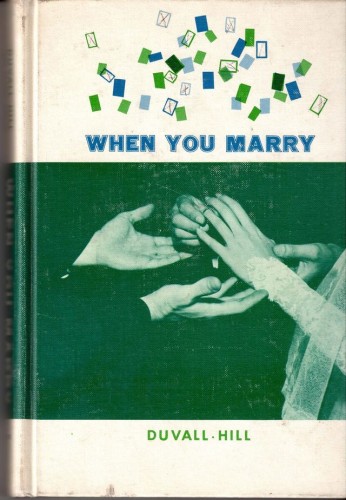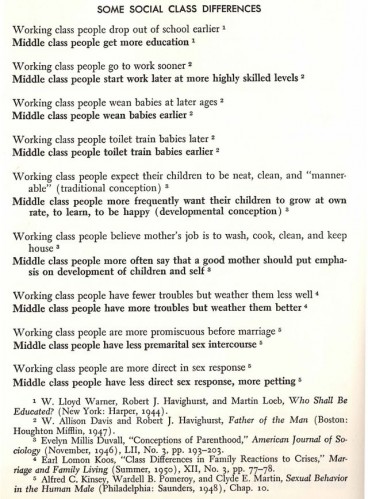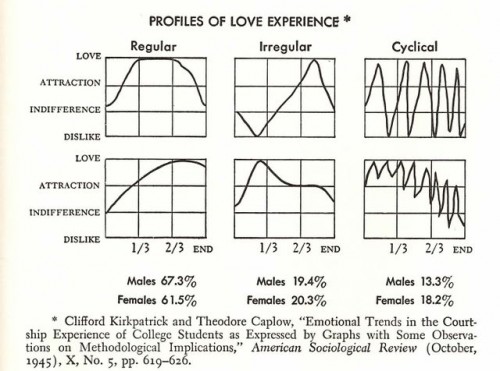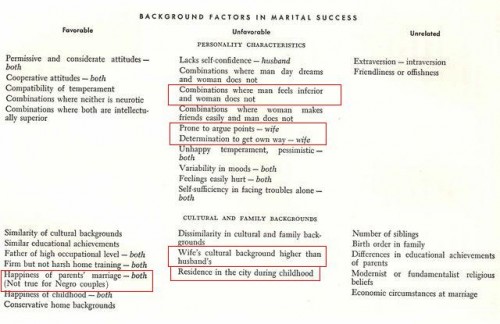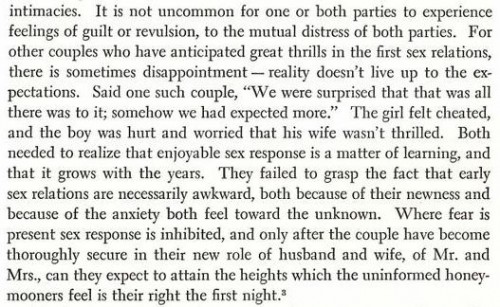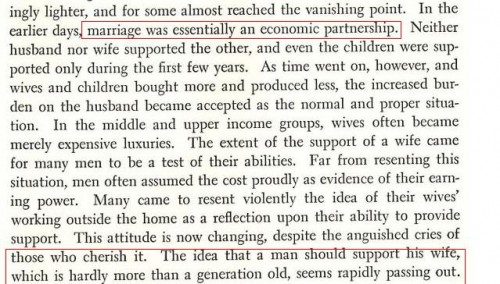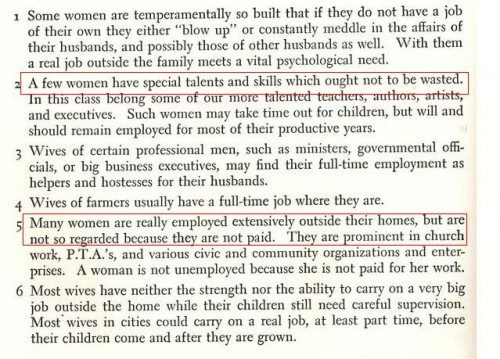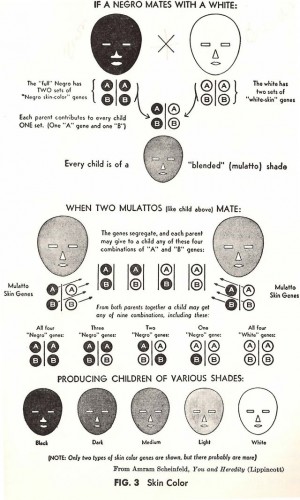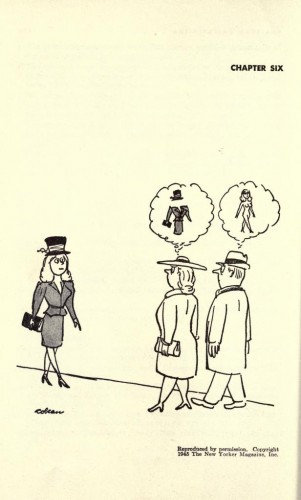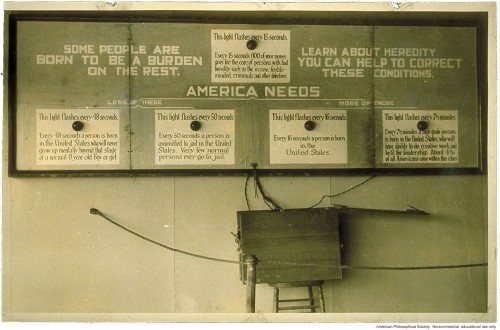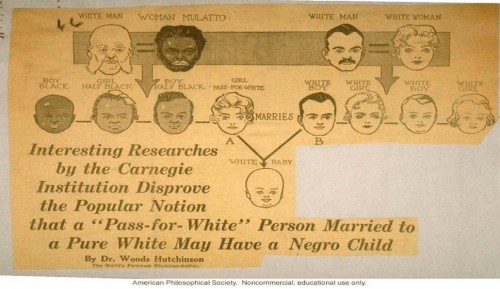One of my former students, Janel B., sent me to this post called “Don’t Sleep on Africa” on the fashionable Livejournal community called black cigarette, and thereby introducing me to the South African photographer Nontsikelelo Veleko and her amazing portraits of Johannesburg stylish street denizens.
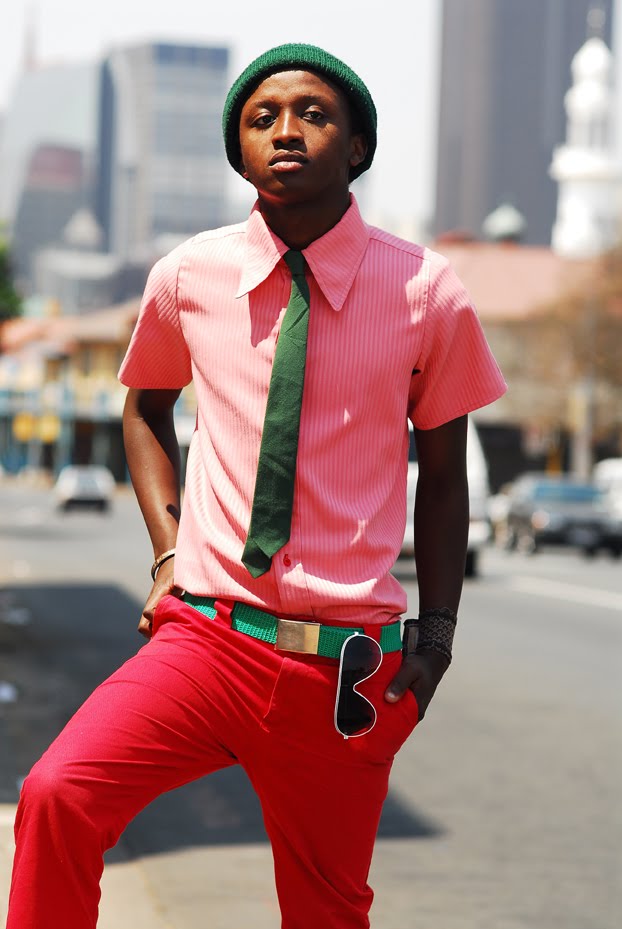
The entire post at black cigarette begins with this brief intervention into the problematically differential distribution of “style:”
Stockholm. Paris. London. New York. Helsinki. Milan. Tokyo.
These seem to be to go-to places when it comes to “street-style” and what’s hot in general on most fashion blogs, but I just wanted to share some of the street-style you’ll find on the African continent…. South African street style is rarely sleek and chic – it’s irreverent, vibrant and daring. It mixes patterns and textures, with echoes of mid 70s style (and just a splash of “geek chic”).
(Consider too the fact that Feedshion, which collects “the best street fashion photos from all the greatest street style blogs for your viewing pleasure,” happens to feature only street style blogs from the usual suspects and none from South America or Africa.)
The photo-heavy post is a wonderful contrast to those editorials in American and European fashion magazines whose visual vocabularies for “Africa” are unbelievably narrow and alienating (Galliano, I’m looking at you and your “tribal” fetish figure shoes). The continued refusal to see the African other as coeval (that is, contemporaneous) with the so-called modern observer, most obviously manifested in the classification of “tribal chic,” betrays the still-haunting presence of colonial aesthetics in Western art and design.
I wish I could repost all the photographs, but I will settle for a handful from Veleko.
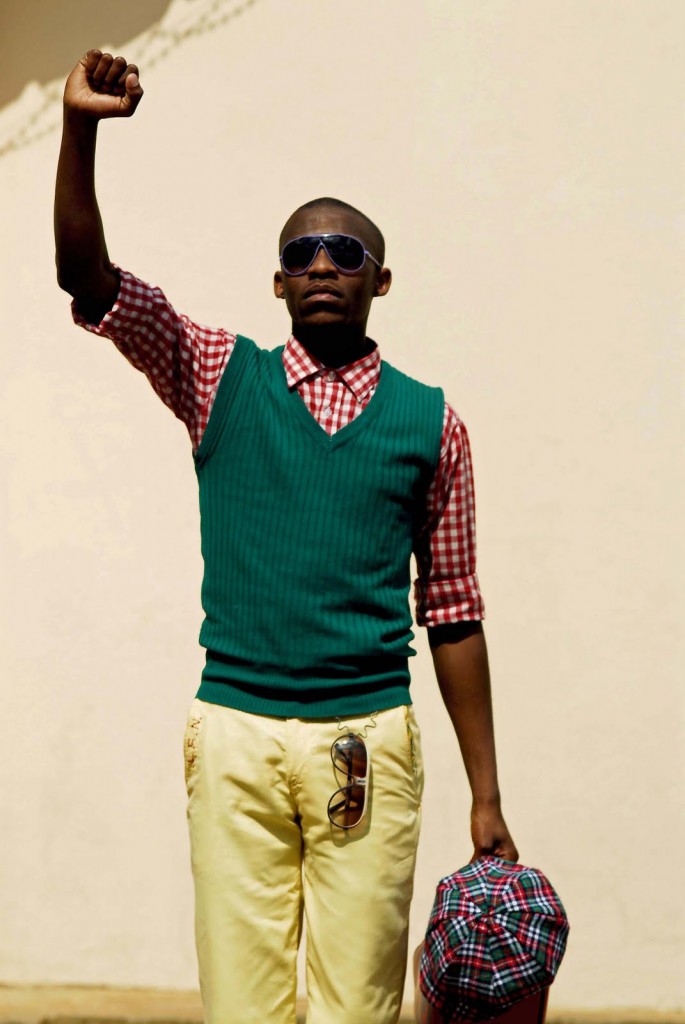



Edited to add additional links supplied by Sociological Images and Racialicious, by way of the LJ community Debunking White.
Gorgeous photos from South African photographer Nontsikelelo Veleko.
———————————
Based outside of Chicago, Mimi Thi Nguyen scours thrift and vintage stores with reckless abandon. She writes about neoliberalism and humanitarianism from a transnational feminist analytic, which includes the “management” of refugee crises but also beauty as a civilizing project. She blogs at Threadbared.
If you would like to write a post for Sociological Images, please see our Guidelines for Guest Bloggers.

